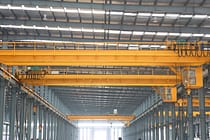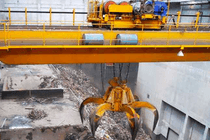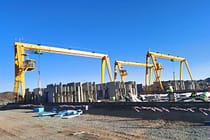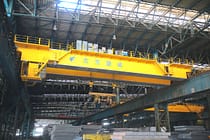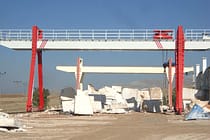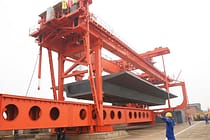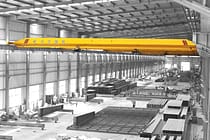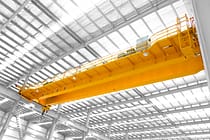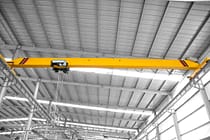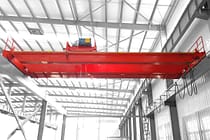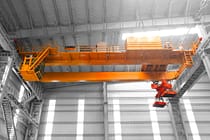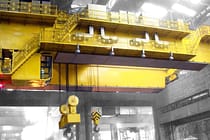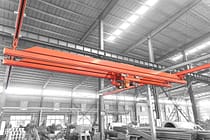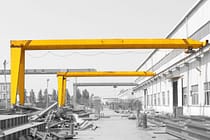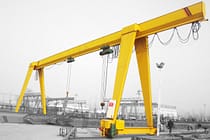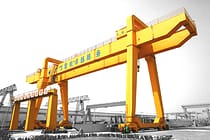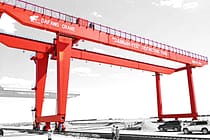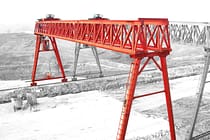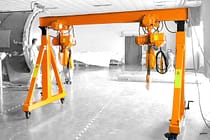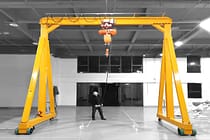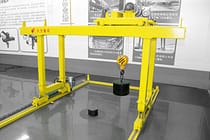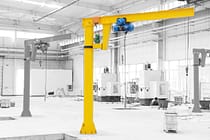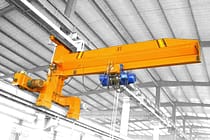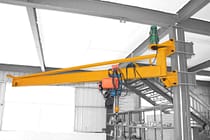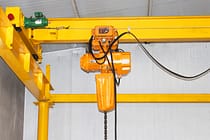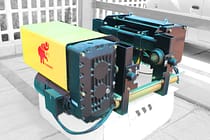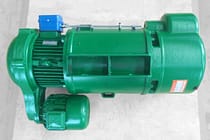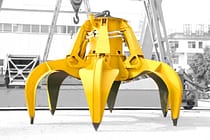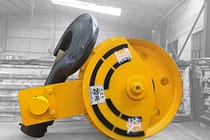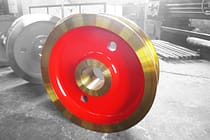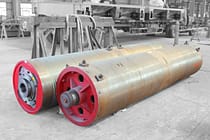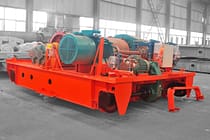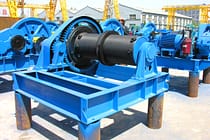What Is Difference Between Overhead Cranes And Gantry Cranes
Are you confused about the differences between overhead cranes and gantry cranes? Do you want to know which one is better suited for your needs? In this article, we will provide a comprehensive guide on the difference between overhead cranes and gantry cranes.
Overhead cranes and gantry cranes are both heavy-duty lifting devices that can move large loads with precision and ease. They are designed to work in a variety of industries, including manufacturing, warehousing, construction, shipbuilding, steel yards, and automotive industry. While these cranes share some similarities, there are several key differences between them. In this article, we'll explore the differences between overhead crane and gantry crane in terms of structure, mobility, Indoor and outdoor and cost.
What is Overhead Cranes
Overhead cranes, also known as bridge cranes, are used to lift and move heavy loads horizontally. They consist of a runway system that is attached to a building's ceiling, along with a hoist that moves along the length of the runway. The hoist is connected to a trolley that allows it to move vertically as well.
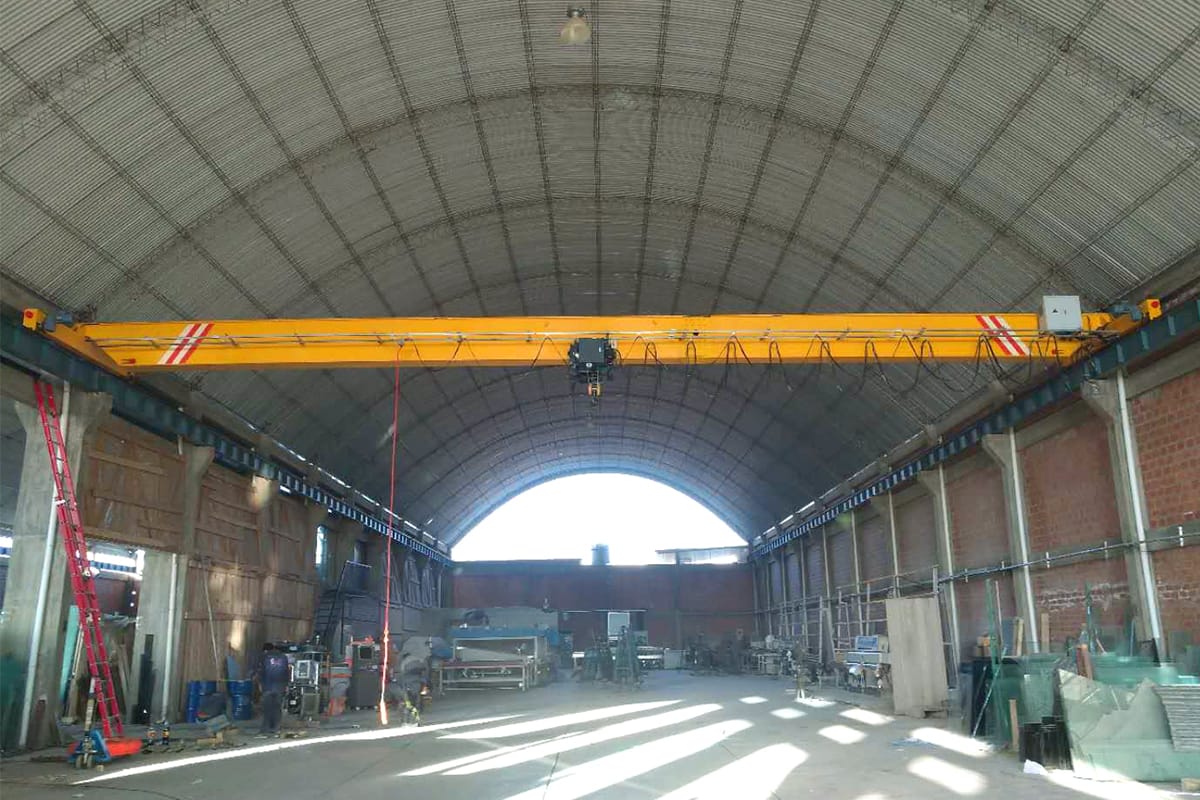
Overhead cranes come in various sizes and configurations depending on the weight and size of the load they need to carry. They can be operated manually, with a control pendant, or remotely through a computerized program.
What is Gantry Cranes
Gantry cranes, on the other hand, are free-standing structures with two legs that support a horizontal beam. The beam has a hoist and trolley that can move along its length, allowing it to lift and move heavy loads horizontally and vertically.
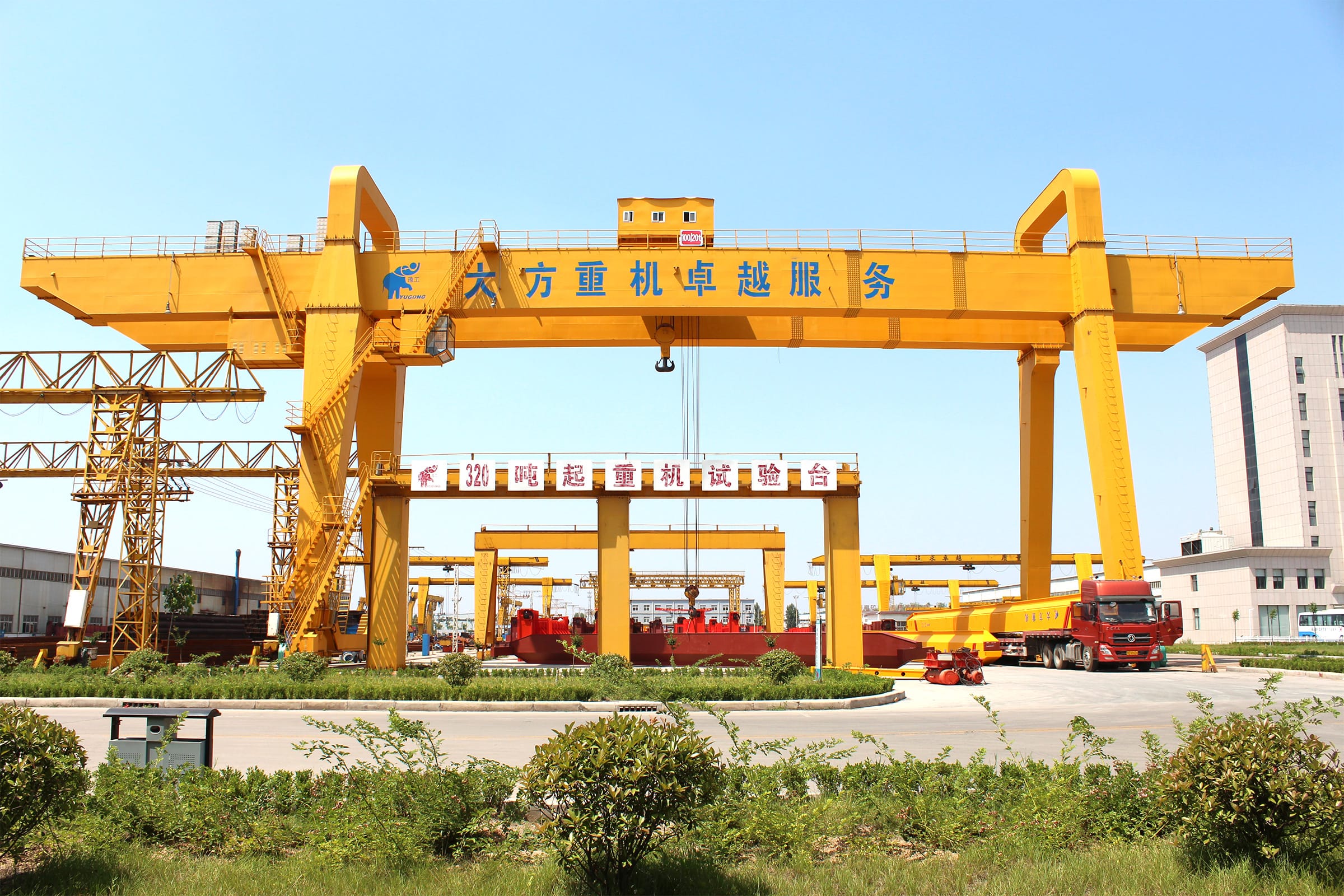
Gantry cranes are often used in outdoor settings, such as ports or construction sites, where there is no existing support structure for an overhead crane. They are also ideal for applications where you need to move the crane from one location to another frequently.
Differences Between Overhead Cranes and Gantry Cranes
Structure
The primary difference between overhead cranes and gantry cranes is their structure. Overhead cranes are designed to be suspended from a runway system that is mounted on the ceiling or roof of a building. The crane itself typically consists of a bridge that spans the width of the workspace, a hoist that moves along the bridge, and a trolley that moves horizontally along the bridge. This design allows for maximum use of space in the workplace and minimizes the obstruction of floor space.
On the other hand, gantry cranes are supported by two or more legs that run along rails or tracks. The legs are usually fixed to a concrete foundation or anchored to the ground. A crossbeam is attached to the top of the legs, and the hoist runs along the crossbeam. Gantry cranes can be moved around the workspace and can be used outdoors because they don't require a fixed structure to support them.
Mobility
Another significant difference between overhead cranes and gantry cranes is mobility. Overhead cranes are stationary machines and can only move along the runway system. However, the runway system can be extended to cover a larger area, allowing the crane to move from one end of the workspace to the other. This makes overhead cranes ideal for lifting and transporting loads across a wide span.
Gantry cranes, on the other hand, are mobile machines and can be moved around the workspace. Gantry cranes are designed with wheels or tracks on their legs that allow them to move in any direction. This makes gantry cranes more versatile than overhead cranes and able to reach areas that would be difficult for overhead cranes.
Indoor and Outdoor
Overhead cranes are typically used for indoor applications due to their fixed structure. These cranes are ideal for lifting heavy loads, moving materials on a production line and transporting goods from one location to another within a factory or warehouse.
On the other hand, gantry cranes are better suited for outdoor use, as they can be relocated quickly and easily. These cranes have their own support structure, meaning they do not require a building or structure to be attached to. They are often found in shipyards for loading and unloading cargo, at construction sites for moving large equipment and materials, and in storage yards for stacking containers and other bulky items.
Cost
Another key difference between overhead and gantry cranes is the cost. Overhead cranes are typically more expensive than gantry cranes due to their installation requirements. Installing an overhead crane requires attaching it to the building's ceiling, which can be complicated and time-consuming. Additionally, there may be a need for significant structural modifications to the building to support the crane's weight.
In contrast, gantry cranes are generally less expensive since they can be set up without the need for a supporting structure. They are also modular, making them easy to dismantle and move to another location when necessary.
Both overhead cranes and gantry cranes have their unique advantages and disadvantages. Overhead cranes are ideal for larger working spaces that require higher lifting heights and heavier loads. Gantry cranes, on the other hand, are more cost-effective and versatile, making them ideal for smaller working spaces or outdoor applications. Understanding the differences between these two types of cranes is crucial in selecting the best option for your specific needs.
Send Your Inquiry
- Email: sales@hndfcrane.com
- WhatsApp: +86-191 3738 6654
- Tel: +86-373-581 8299
- Fax: +86-373-215 7000
- Add: Changnao Industrial District, Xinxiang City, Henan Province, China
